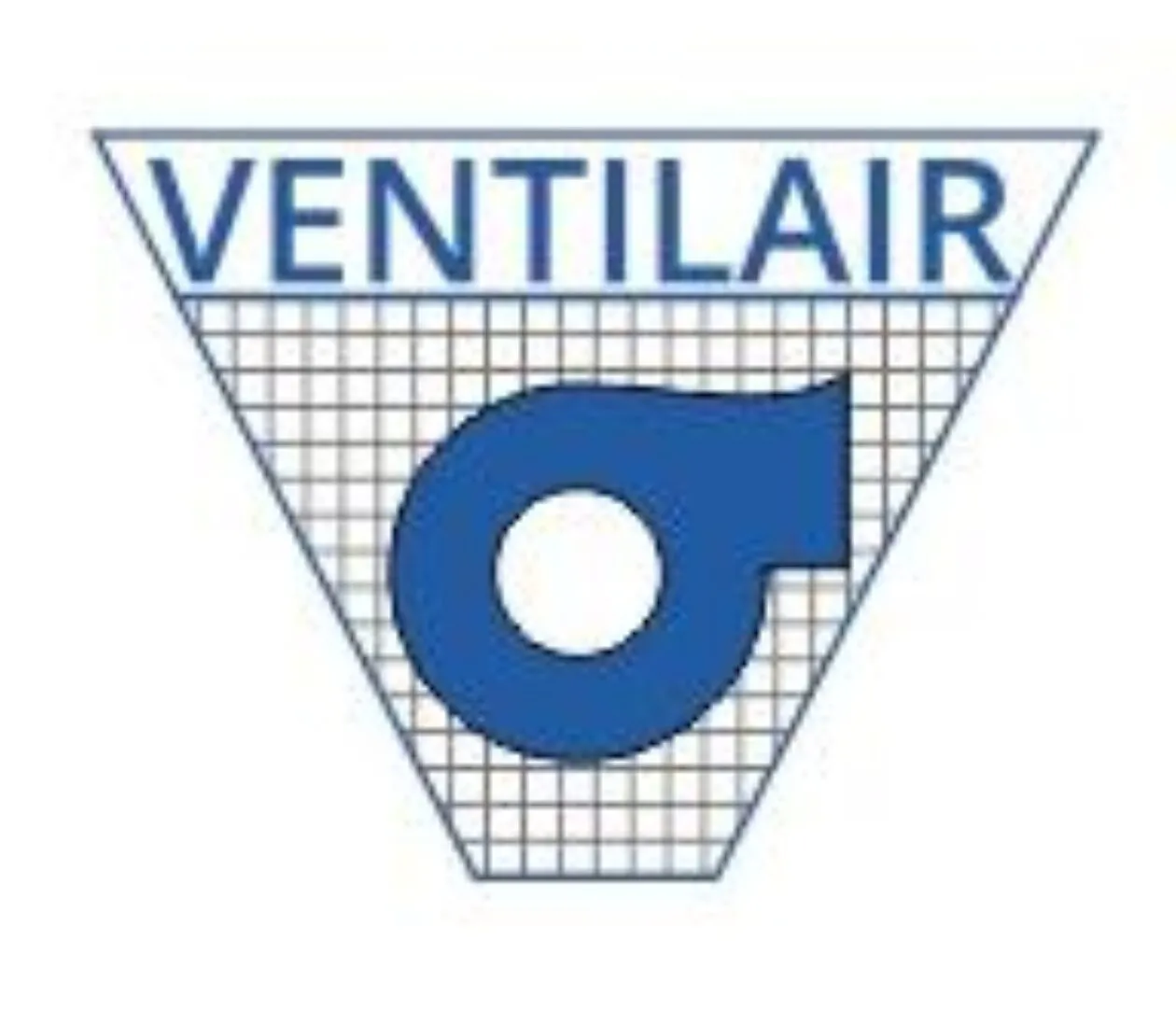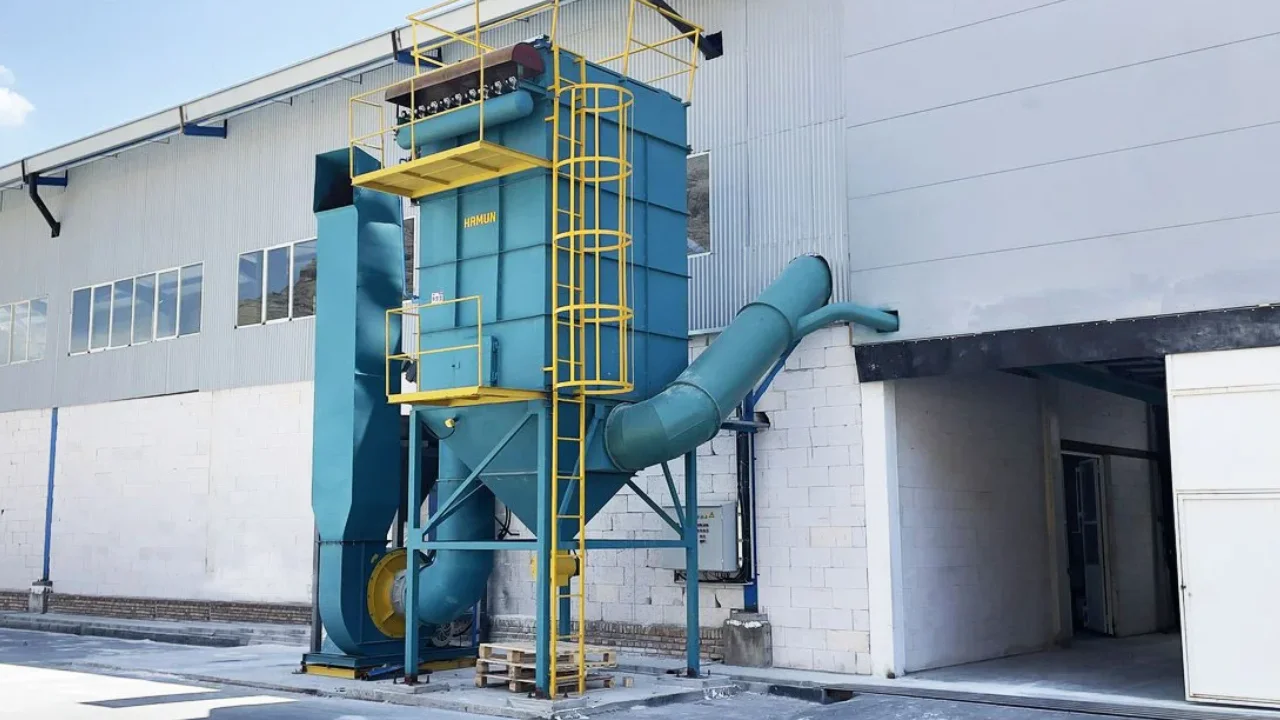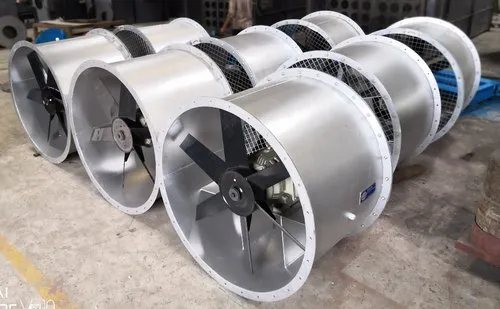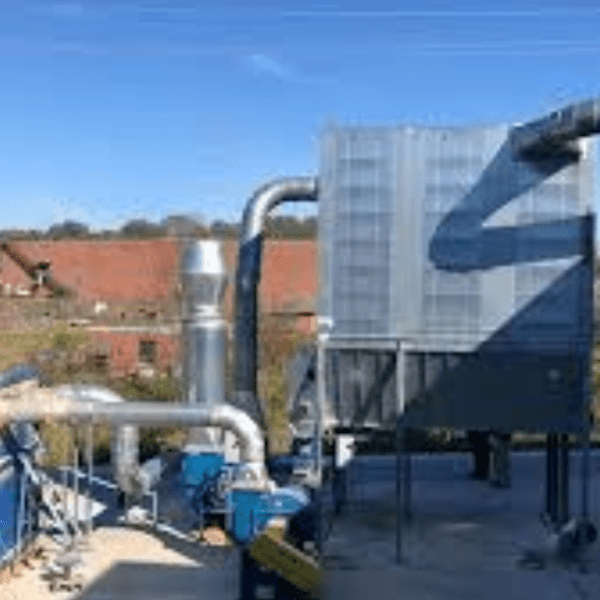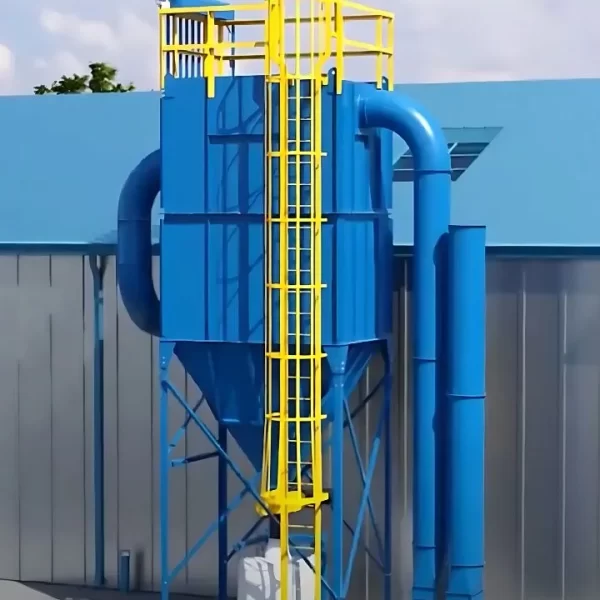When it comes to maintaining a clean and safe working environment, investing in a high-quality dust collector system is crucial. Dust collectors are essential in industries that generate airborne particles, ensuring that harmful dust is efficiently removed from the air, protecting workers’ health, enhancing air quality, and complying with safety regulations.
It can be difficult to find the best dust collector system for your facility, but this guide should help you decide on the best model. There are several elements you should consider when shopping for a dust collector.
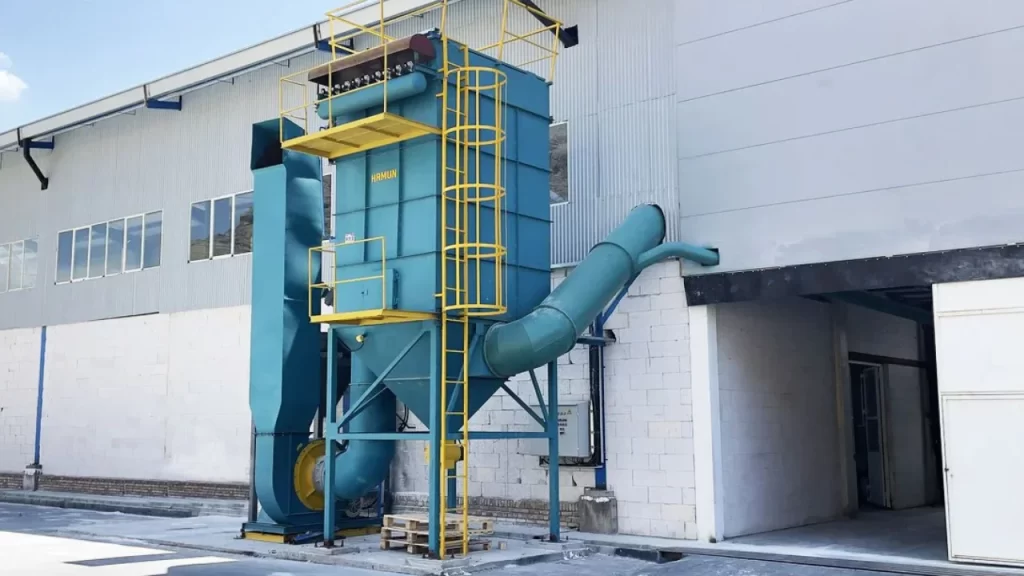
What is a Dust Collector System?
A dust collector system is an air quality improvement system used to improve and maintain the quality of air in industrial and commercial environments. These systems are designed to capture, filter, and remove particulate matter (dust, dirt, smoke, fumes, etc.) from the air to prevent it from being released into the environment. Dust collectors are commonly used in industries like manufacturing, pharmaceuticals, mining, and food processing, where dust is a byproduct of production processes.
Common Terminology
To help you find the ideal dust collector system, there are a few common terms with which you can familiarize yourself. Micron is one important term to remember, which is a unit of measurement for dust particles. Static pressure resistance is another important term, which is produced by suction of air moving through the duct, and is measured in inches. Cubic Feet per Minute (CFM) is used to measure air intake.
Suction Power
Make sure your dust collector system provides enough suction, based on the CFM. Every foot of pipe will add resistance to suction, which means that you need to calculate the amount of static-pressure loss that happens between your tools and the dust collector. CFM will vary depending on the tools in your workshop. You should also check manufacturers’ websites for performance curves to make sure you get proper suction.
Single- or Two-Stage Dust Collection Systems
When choosing a dust collector system, one of the critical decisions you’ll face is whether to opt for a single-stage or two-stage system. Each system has its benefits and is suitable for different types of dust collection needs. Understanding the key differences between the two will help you make an informed decision based on your facility’s requirements.
Single-Stage Systems
In a single-stage dust collection system, the dust is directly collected in the filter or bag in one pass. These systems are typically simpler and less expensive than their two-stage counterparts. The airflow draws dust particles into the system, where they are trapped in the filter, and the cleaned air is then released back into the environment.
Advantages of Single-Stage Systems:
- Cost-Effective: Single-stage systems are generally less expensive both in initial purchase and maintenance costs.
- Simpler Design: These systems have fewer components, making them easier to install and operate.
- Space-Saving: Since they are more compact, single-stage systems require less space, which can be ideal for smaller workshops or operations with limited room.
Disadvantages of Single-Stage Systems:
- Less Efficient for Fine Dust: Single-stage systems are not as efficient at filtering fine particles, and they may require more frequent maintenance and cleaning.
- Higher Maintenance: Because fine dust often bypasses the filter, these systems tend to clog more quickly and may need more attention.
Two-Stage Systems
A two-stage dust collection system, on the other hand, utilizes two filters or processes to separate dust from the air. The first stage typically uses a larger filter, such as a cyclone separator, to capture the larger particles, while the second stage, typically a fabric or cartridge filter, captures the finer dust particles. This dual process enhances the system’s overall dust collection efficiency.
Advantages of Two-Stage Systems:
- Better Filtration: With two stages of filtration, these systems are much more effective at removing both large and fine dust particles from the air, improving air quality and compliance with safety standards.
- Longer Filter Life: Since larger particles are removed in the first stage, the second-stage filters last longer and require less frequent cleaning or replacement.
- More Efficient: Two-stage systems generally operate more efficiently, especially in environments that generate large volumes of dust or very fine particles.
Disadvantages of Two-Stage Systems:
- Higher Initial Cost: Two-stage systems are typically more expensive to purchase and install due to their complexity and additional components.
- Larger Space Requirement: These systems take up more space, making them less suitable for smaller shops or facilities with limited room.
Size of the Filter
Another important aspect of a dust collector system is the filter size. Filter fabric has gone through significant changes over the last two decades. Machines used to be primarily single-stage and were equipped with 30-micron bags that didn’t effectively filter small dust particles, which are often the most harmful.
For effective filtration to take place, dust collection filters need to be able to block particles smaller than 10 microns. These small particles are often the most harmful, potentially causing severe lung damage, and pleaded filters can successfully eliminate them through dust collection. Today’s filters can remove dust particles as small as 0.3 microns, but your filtration system will be sufficient with dust collectors that filter particles measuring 2.5 microns.
Locate the Best Dust Collector Systems
Finding the best dust collector system for your facility involves understanding your specific needs and exploring the options available in the market. The ideal system will balance efficiency, capacity, and cost while meeting environmental and safety standards. To locate the best dust collector systems, consider factors such as your industry’s dust load, space availability, and filtration requirements. Look for brands and suppliers that offer customized solutions tailored to your needs.
Reputable companies, like Ventilair India, provide expert guidance and a wide range of dust collector systems designed to deliver reliable performance, long-term durability, and compliance with industry regulations. Always research customer reviews, product specifications, and after-sales service to ensure you select a trusted, high-quality system that will improve workplace air quality and enhance operational efficiency.
Website: https://www.ventilair.in/
Mobile: +91 9971026641
Email: sales@ventilairfans.com
